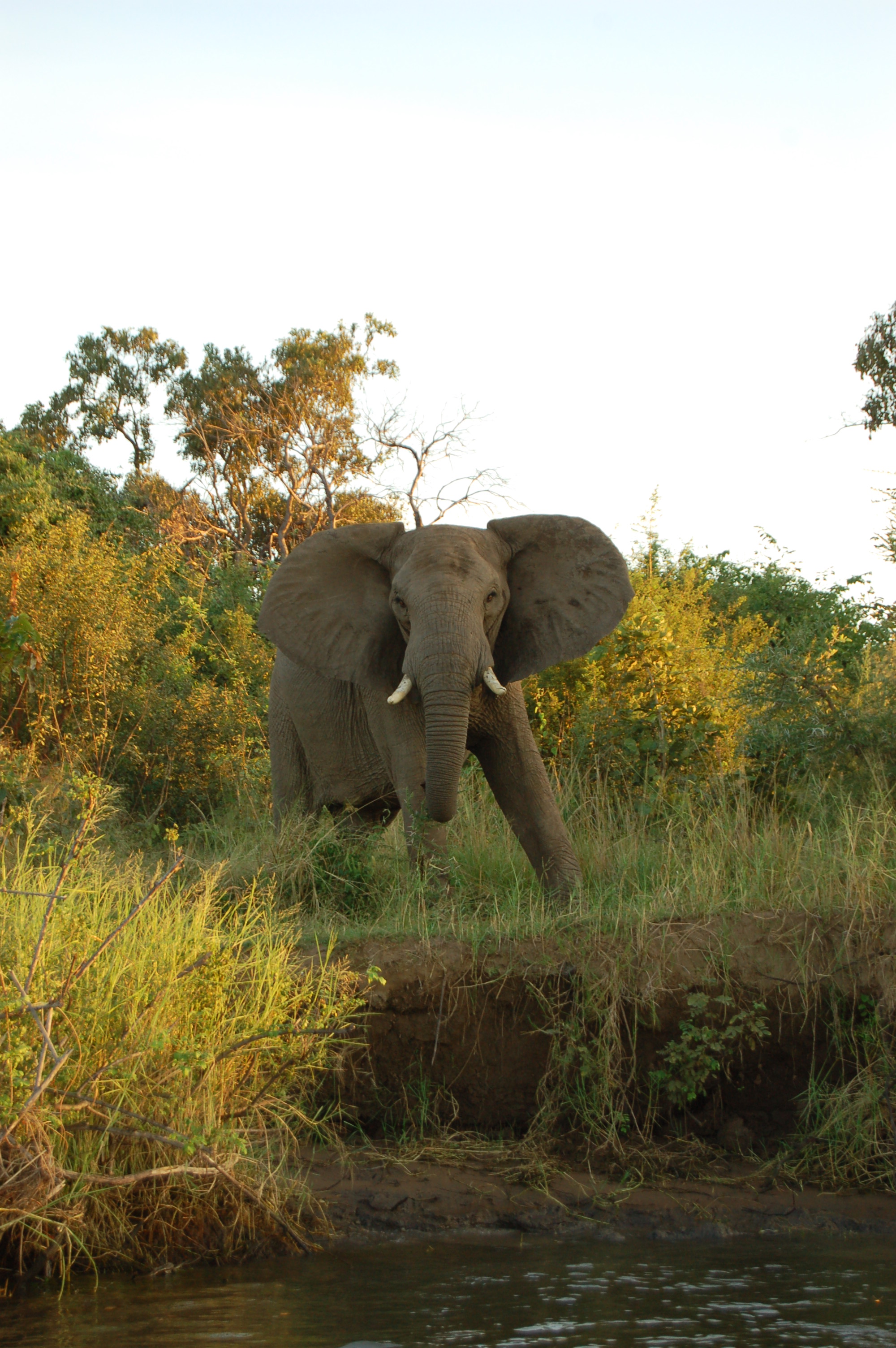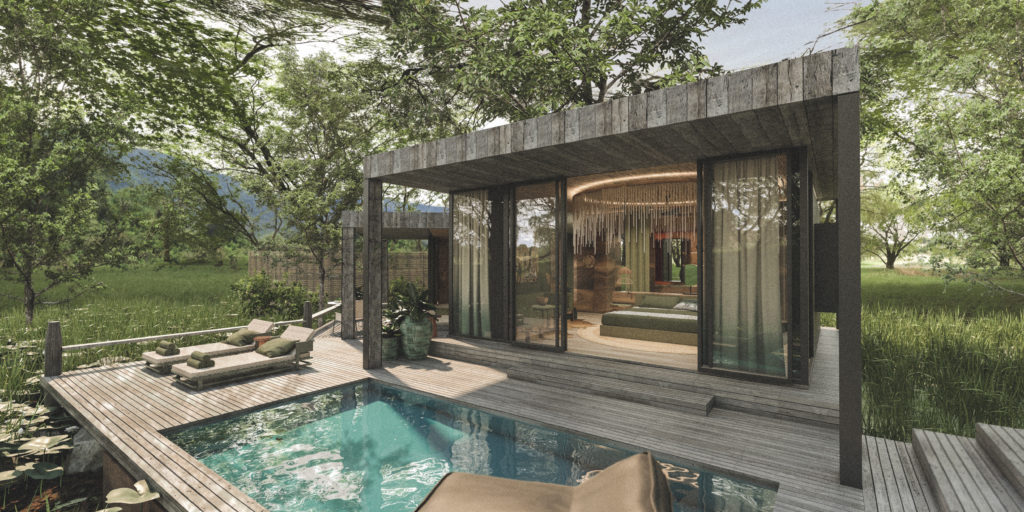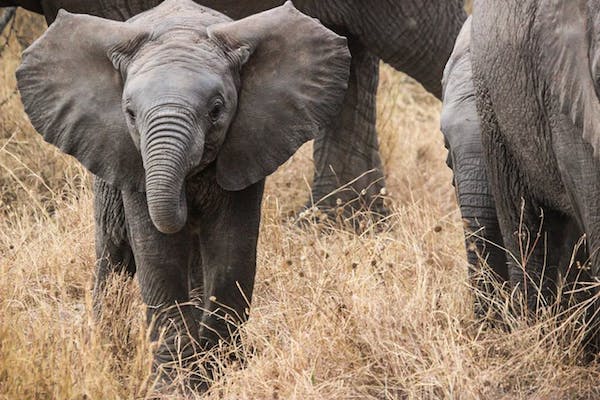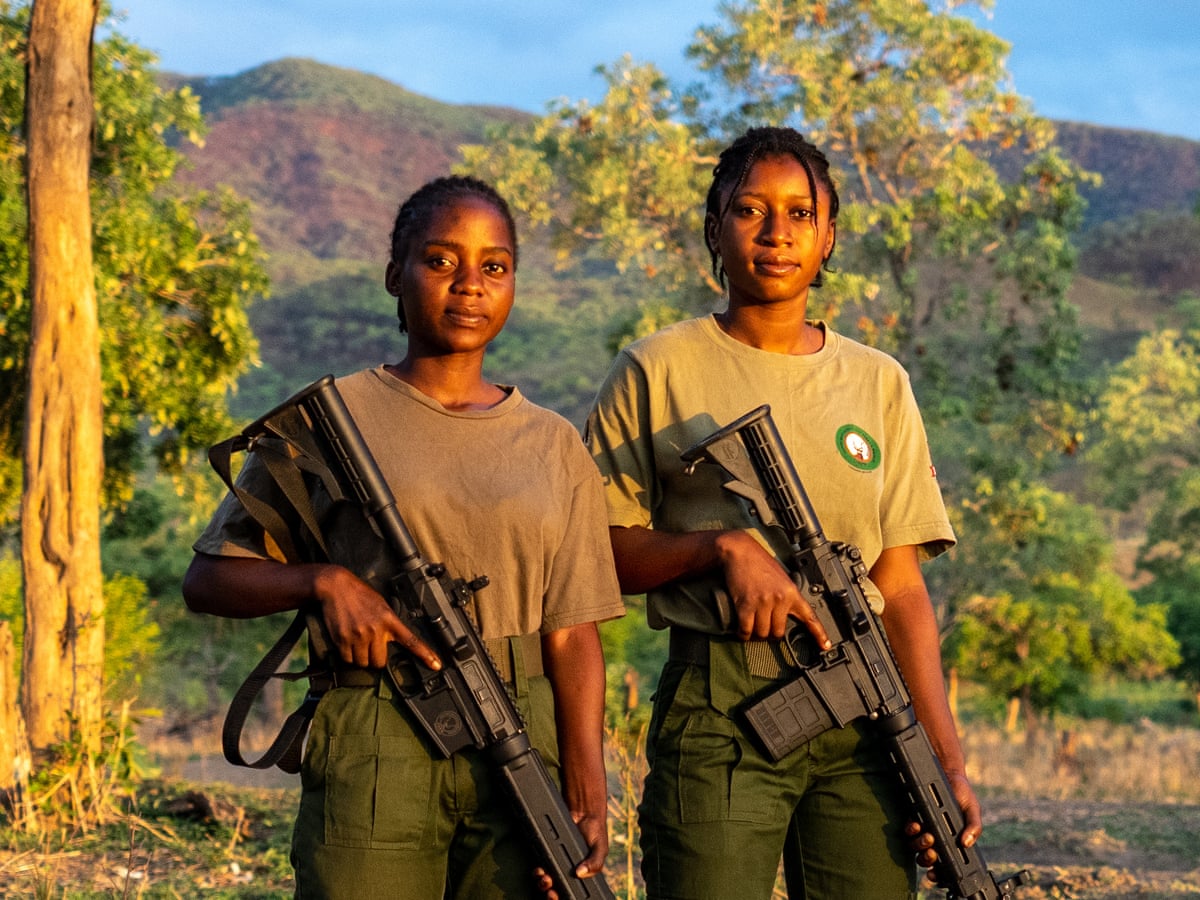Witness Zambezi's Majesty: Lower Zambezi National Park

Introduction to Lower Zambezi National Park
Brief history and location of Lower Zambezi National Park
You have arrived at Lower Zambezi National Park, located in Zambia. This park was established in 1983 and covered an area of approximately 4,092 square kilometres.
The park is situated along the Zambezi River, offering breathtaking views of the river and the escarpment on the Zimbabwean side. Lower Zambezi National Park is home to various wildlife species and provides a true African safari experience.
Unique flora and fauna of Lower Zambezi National Park
The park boasts a diverse range of flora and fauna that you can explore. Below is a table comparing some of the unique wildlife you may encounter in Lower Zambezi National Park:
| Wildlife | Description |
|---|---|
| Elephants | Lower Zambezi National Park is known for its large herds of elephants roaming the area. |
| Lions | The park is home to prides of lions, offering visitors the chance to witness these majestic creatures in their natural habitat. |
| Hippos | The Zambezi River is teeming with hippos, providing ample opportunities for viewing these semi-aquatic mammals. |
| Leopards | Stealthy and elusive, leopards can also be spotted in the park if you're lucky. |
| African Buffaloes | You might come across herds of African buffaloes grazing in the plains of the park. |
As you journey through Lower Zambezi National Park, keep your eyes peeled for these incredible animals amidst the beautiful landscape.

Best Time to Visit Lower Zambezi National Park
Seasonal variations and weather patterns in Lower Zambezi National Park
Seasonal variations are significant in planning your visit to Lower Zambezi National Park. The park experiences a dry season from May to October, when clear skies and cooler temperatures characterize the weather.
This period is considered the best time for game viewing as animals gather around water sources, making them easier to spot. The wet season, from November to April, brings lush greenery to the park but also entails higher temperatures and more challenging game viewing due to the dense vegetation.
Optimal safari experiences during different months
For optimal safari experiences, consider visiting Lower Zambezi National Park during the dry season, particularly from June to September. During these months, the vegetation is sparse, making it easier to spot wildlife against the backdrop of the picturesque landscape. Safaris during this period offer a higher chance of witnessing predators on the hunt and various animal interactions near the Zambezi River.
However, if you prefer birdwatching and lush scenery, the wet season from November to April is ideal, although game viewing may require more patience and persistence.

Accommodation Options in Lower Zambezi National Park
Luxury lodges and camps in Lower Zambezi National Park
In Lower Zambezi National Park, you will find a range of luxury lodges and camps that cater to discerning travellers seeking premium accommodation options. These establishments offer exclusive experiences such as elegant tented suites overlooking the Zambezi River, private decks for sundowners, and gourmet dining under the stars. These lodges' luxurious amenities and personalized services ensure a comfortable and indulgent stay amidst the African wilderness. Some popular luxury options in the park include Chiawa Camp, Sausage Tree Camp, and Chongwe River Camp.
Budget-friendly accommodation choices for visitors
If you are looking for more budget-friendly accommodation options in Lower Zambezi National Park, several camps and lodges offer comfortable stays at affordable rates. These options may include cosy chalets, simple tented camps, and communal dining areas where guests can enjoy hearty meals together. While the amenities may be more basic than luxury lodges, budget-friendly accommodations still provide a convenient base for exploring the park's wildlife and scenic beauty. Some cost-effective choices in the area include Kasaka River Lodge, Kiambi Safari Lodge, and Mvuu Lodge.
While planning your stay in Lower Zambezi National Park, consider the accommodation that best suits your preferences and budget. Whether you opt for a luxurious retreat or a more modest camp, each option allows you to immerse yourself in the natural wonders and wildlife encounters that make this park a sought-after safari destination.

Top Safari Activities in Lower Zambezi National Park
Game drives and wildlife viewing opportunities
During your visit to Lower Zambezi National Park, engaging in game drives will allow you to observe a diverse array of wildlife in their natural habitat. From lions roaming the savannah to elephants cooling off by the river, these excursions offer up-close encounters with the park's inhabitants. Knowledgeable guides lead the safaris, sharing insights about the animals and ecosystems that make this park a haven for wildlife enthusiasts.
Canoeing and fishing experiences along the Zambezi River
Exploring the Zambezi River through canoeing expeditions presents a unique perspective of the park's landscape and inhabitants. Glide along the waterways with the gentle currents as you observe hippos wallowing in the shallows and colourful bird species flitting among the trees.
For those who enjoy fishing, the Zambezi River offers the opportunity to reel in tigerfish and other prized catches, adding a thrilling aquatic dimension to your safari experience.

Birdwatching in Lower Zambezi National Park
Diverse bird species and habitats within the park
When visiting Lower Zambezi National Park, you'll discover a diverse range of bird species that call this pristine wilderness home. From vibrant kingfishers darting over the water to majestic African fish eagles soaring through the sky, the park's varied habitats provide a haven for birdwatching enthusiasts.
Keep your binoculars ready to spot hornbills perched in the canopy and colourful bee-eaters flitting among the foliage, showcasing the rich avian biodiversity of the region.
Guided birdwatching tours and popular birding spots
Embark on guided birdwatching tours led by experienced naturalists who will help you identify and appreciate the myriad bird species residing in Lower Zambezi National Park. Wander through lush woodlands and open plains, pausing to observe flocks of storks wading in the wetlands or elusive owls perched in the treetops.
Popular birding spots such as the Chifungulu Channel and Red Cliffs offer prime opportunities to witness both resident and migratory birds in their natural habitats, making each excursion a rewarding and educational experience for birdwatchers of all levels.
Conservation Efforts in Lower Zambezi National Park
Initiatives to protect the park's ecosystem and wildlife
Various initiatives are in place to safeguard the ecosystem and wildlife of Lower Zambezi National Park. Park authorities work tirelessly to combat poaching and illegal logging activities, protecting endangered species such as elephants and leopards. Through rigorous anti-poaching patrols and wildlife monitoring programs, efforts are made to maintain the delicate balance of the park's biodiversity.
Additionally, habitat restoration projects are ongoing to preserve the diverse landscapes that serve as vital habitats for numerous flora and fauna species.
Community involvement and sustainable tourism practices
Local communities play a crucial role in conserving Lower Zambezi National Park. Collaborative efforts between residents, conservation organizations, and tourism operators aim to promote sustainable practices that benefit both the environment and the community.
By engaging in eco-friendly initiatives such as responsible waste management and supporting community-based enterprises, tourism activities within the park strive to minimize their environmental impact while contributing to the economic well-being of local populations. The park aims to foster a harmonious relationship between conservation efforts and sustainable tourism development through these partnerships.

Local Culture and Heritage near Lower Zambezi National Park
Traditional customs and lifestyles of surrounding communities
Surrounding the Lower Zambezi National Park are communities with rich cultural traditions and customs preserved for generations. The residents often engage in traditional practices such as fishing, farming, and craftsmanship, which are integral to their way of life. These communities deeply connect to the land and wildlife, reflected in their folklore, rituals, and communal celebrations centring around nature and ancestral beliefs.
By immersing yourself in these communities' daily routines and festivities, you can gain a deeper appreciation for the symbiotic relationship between humans and the environment in this region.
Historical landmarks and cultural attractions to explore
Exploring the areas surrounding Lower Zambezi National Park offers a glimpse into the region's historical heritage and cultural diversity. From ancient archaeological sites to vibrant marketplaces bustling with local artisans, there is a wealth of cultural attractions to discover. Visiting historical landmarks such as traditional villages, museums showcasing local art and artefacts, and historical monuments provides insights into the region's past and the influences that have shaped its identity.
Engaging with the local community through cultural exchanges and guided tours enriches your travel experience and supports preserving these valuable cultural heritage sites.

Getting to Lower Zambezi National Park
Transportation options and access routes to the park
Several transportation options are available to reach Lower Zambezi National Park. The most common way is by flying into Lusaka International Airport and then taking a connecting flight to Jeki Airstrip, which is the closest airstrip to the park. Alternatively, you can opt for a scenic road trip from Lusaka to the park, which takes approximately 3-4 hours, depending on road conditions.
For those seeking a more adventurous journey, boat transfers across the Zambezi River are also available, offering stunning views of the surrounding landscape.
Travel tips and logistics for a smooth journey
Before embarking on your journey to Lower Zambezi National Park, planning and making necessary arrangements is essential. Ensure you have a valid visa, if required, along with all relevant travel documents. Pack appropriate clothing for the season, as temperatures can vary, and don't forget essentials such as sunscreen, insect repellent, and a good pair of walking shoes for exploring the park.
Booking accommodations in advance is recommended, whether in a lodge within the park or in one of the nearby communities, to immerse yourself in the local culture.
